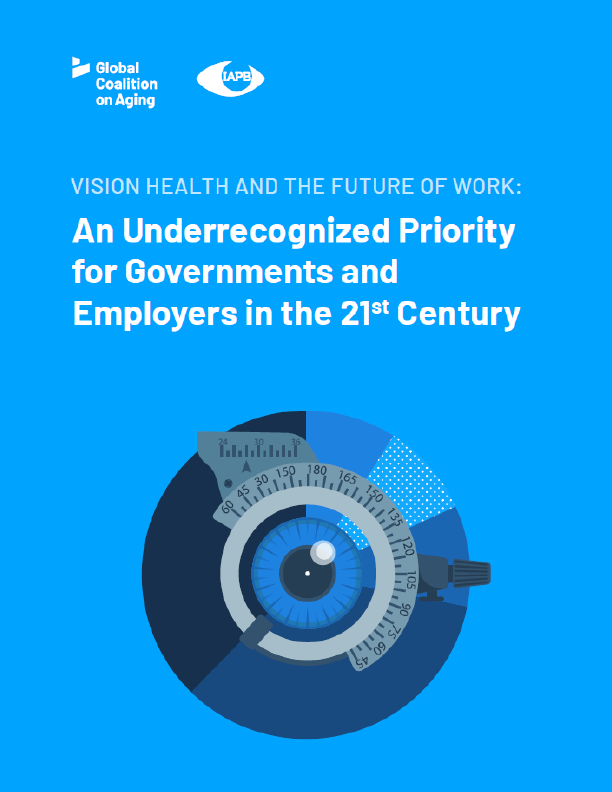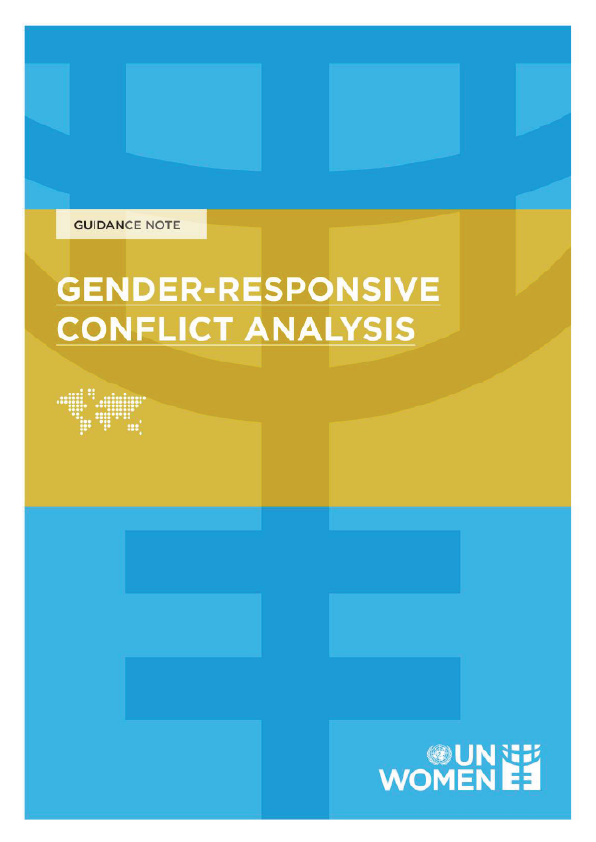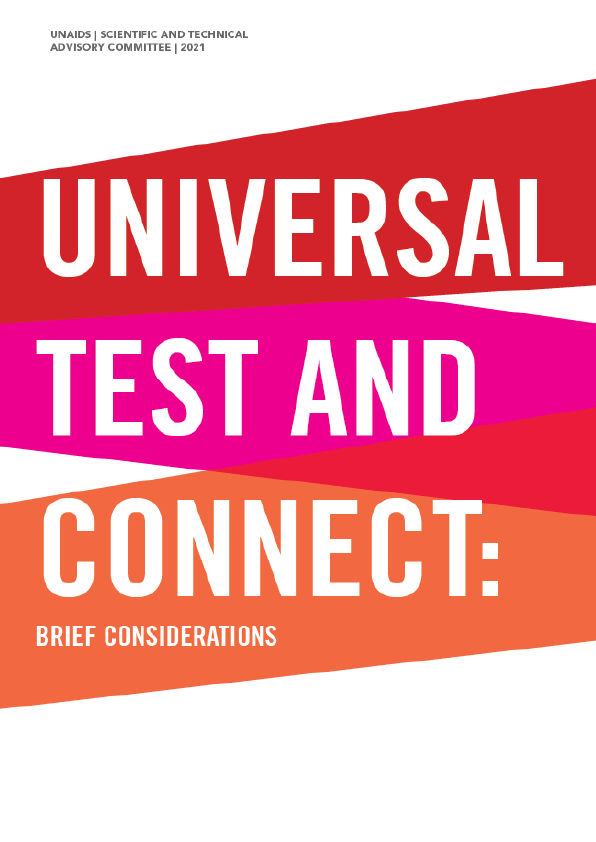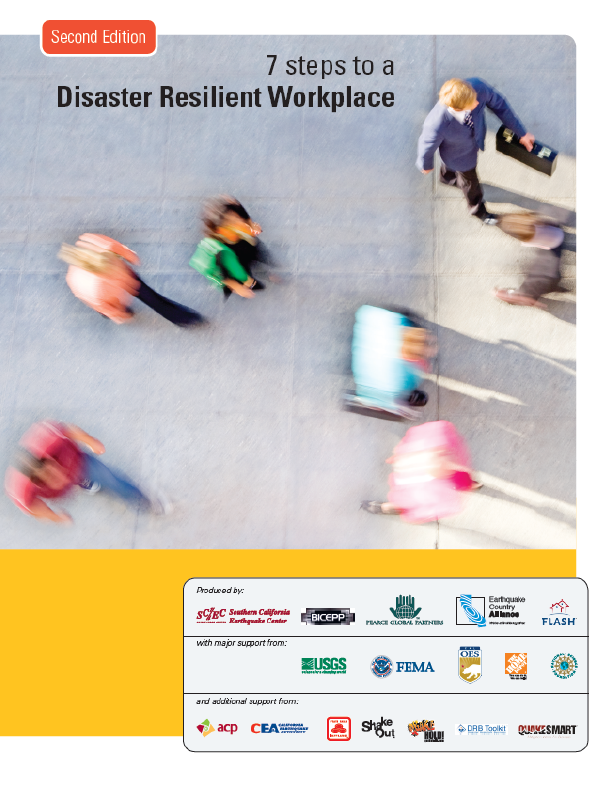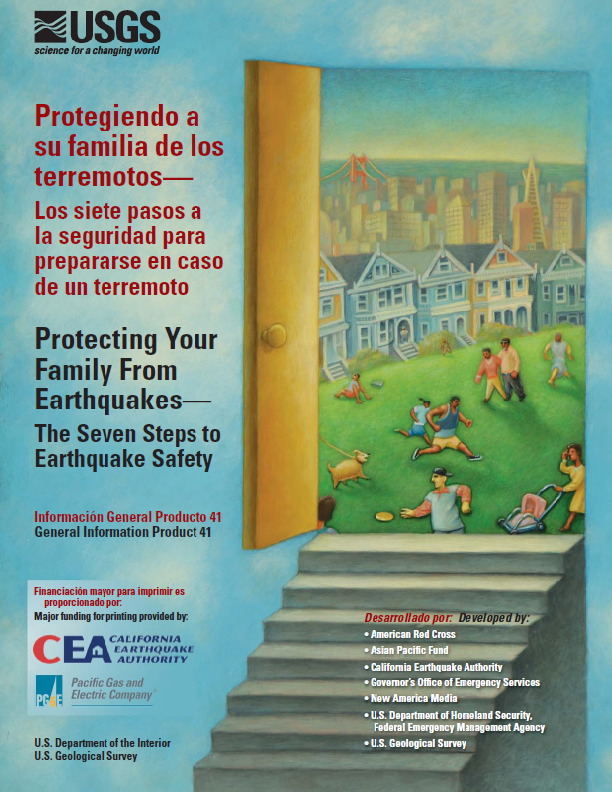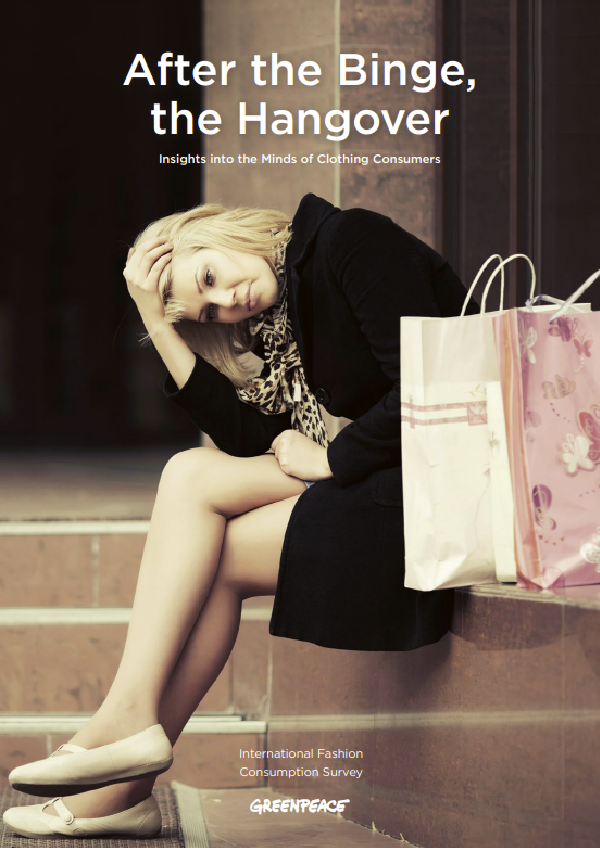Imagine for a moment that you have a tiny but worrisome lung nodule or, say, a growing bulge in a crucial blood vessel. You have no choice but to continue with normal life: going to work, running errands, paying taxes, negotiating with your kids over screen time. But you’re always living, at least to some degree, under the looming shadow of a medical question mark.
Judy Refuerzo ventured further along that uncertain journey this summer, walking the full length of the Camino de Santiago – some 500 miles and 38 days across the Pyrenees into Spain – to commemorate her 60th birthday. It had been a long-planned trek, one that she tackled with a backpack and a close girlfriend for company. She’s not in denial, she insists, about the malignant cells that doctors found in her breast nearly two years ago.
She’s been getting regular imaging tests to make sure that the cells – collectively called ductal carcinoma in situ (DCIS), or sometimes stage 0 breast cancer – have not migrated beyond the milk ducts. But the California yoga teacher has decided against any kind of treatment, including surgery – at least for now. “I just don’t want to be cut open for no reason,” she says.
Through the ages, doctors have sometimes recommended hitting pause on treatment
In the process, Judy has joined a growing group of so-called watchful waiters, snared within a modern-day web of aggressive testing and medical uncertainty.
The concept of watchful waiting (synonymous, for some doctors at least, with ‘active surveillance’) is nothing new. Through the ages, doctors have sometimes recommended hitting pause on treatment. Increasingly, though, more and more people are caught up in a peculiar medical purgatory, particularly in countries like the USA where an emphasis on screening and high-tech imaging to rule out medical problems can cascade into more testing and other uncertainties.
“I think our technologies are moving faster than our ability to know what to do with the conditions we find,” says Shelley Hwang, a breast surgeon at Duke University Medical Center and a prominent DCIS researcher. “And once you know it, you can’t un-know it.”
Sometimes, as in Judy’s situation, people will choose that wait-and-see path. While still quite controversial, some doctors are willing to delay surgery and other treatment for DCIS unless there are signs that the malignant cells are moving into the surrounding breast tissue. In other medical scenarios, patients are told flat out that monitoring is the only immediate option, as it’s too risky to operate until circumstances become more life-threatening.
Reference:
- In this 2012 paper, patients with a lung nodule that’s being monitored for possible cancer discuss the strain of “not knowing”.
- This 2011 study looks at regret and anxiety in women at high risk of developing breast cancer who either chose or declined a preventive mastectomy.
- Women in the UK with a low-risk form of breast cancer, sometimes called stage 0, can enrol in an ongoing study that will look at the psychological effects as well as the cancer outcomes of opting for surveillance only.




